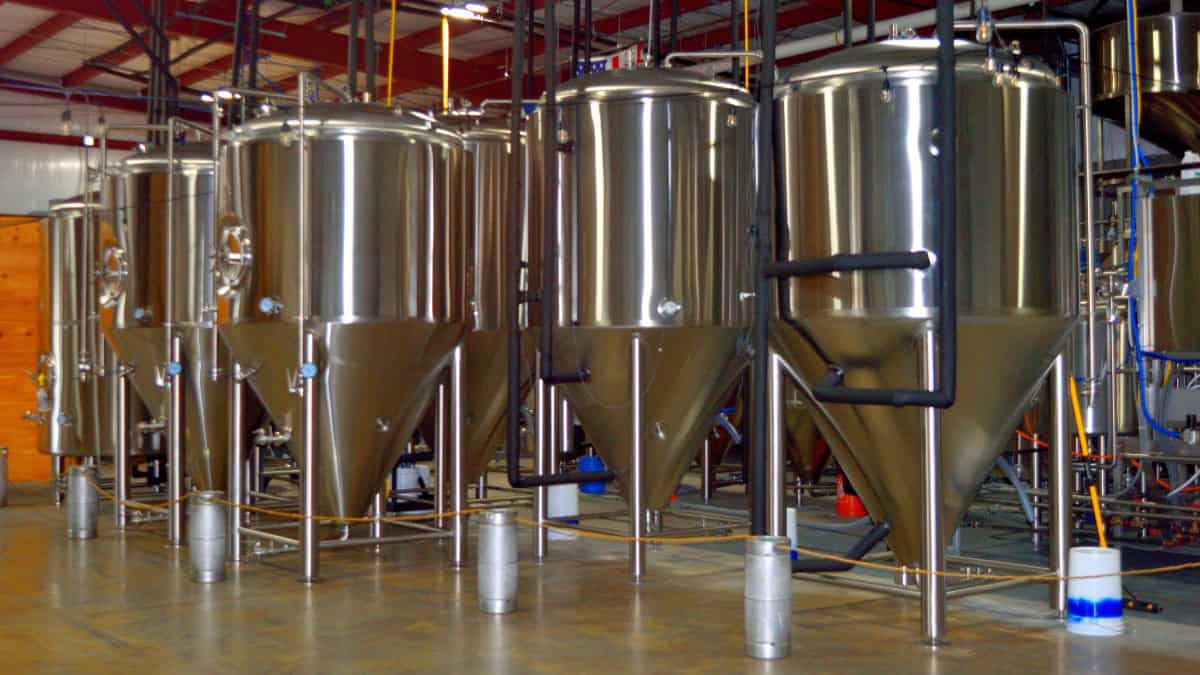Designed for operator-centric excellence for sustained success, brewing landscapes are transformed by aligning strategies with growth markets and integrating lean capabilities.
The Highlights:
When the third-largest brewer in the US faced declining market share and rising unit costs, Zinata stepped in to establish a brewery closer to growth markets. Challenges included strategic differentiation, integration of people and processes, and significant cost reductions. Zinata implemented a mature lean capability strategy, emphasizing a flat organizational structure, performance management, and actionable information systems. Highly automated operations and seamless processes were integrated to achieve consistent manufacturing processes and enhance productivity. The result was an operator-centric plant design, rapid production ramp-up, achievement of cost and performance objectives, and continual improvement in quality and key metrics over time.
The Headlines:
3X Productivity Increase: A threefold increase in productivity was achieved.
All Business and Performance Metrics Were Met: Every targeted metric was successfully reached, showcasing the efficacy of the strategies implemented.
The Details:
Situation:
As the third-largest brewer in the US, the client faced declining market share, resulting in rising unit costs and reduced funds for marketing. The goal was to establish a brewery close to growth markets to align cost structures with main competitors.
Problem:
The company struggled with strategic differentiation in quality and service within the marketplace. Integrating people, processes, technology, and plant into the existing product supply network presented significant challenges. A substantial reduction in unit costs and productivity improvement were required.
Solution:
Zinata implemented a mature lean capability strategy, developing a flexible, responsive, multi-skilled plant operating model. This involved value stream and process mapping, emphasizing a flat organizational structure for strong ownership. A Performance Management Plan was devised to foster accountability, coupled with training and continuous improvement initiatives. Actionable information systems were introduced for real-time data. Highly automated operations ensured consistent manufacturing processes, allowing operators to focus on high-value activities. Lastly, seamless processes and information access were achieved through careful business process and systems design.
Benefit:
The operator-centric design fostered quality at the source, autonomous maintenance, and embedded continuous improvement. A threefold increase in productivity was seen. Maximum production capacity was achieved within the first four months of operation, maintaining quality and waste at unsurpassed levels.
Conclusion:
The transformation of brewing operations through operator-centric strategies not only enhances productivity but also ensures sustained quality and cost-efficiency. Zinata’s approach, centered around lean capabilities and strategic plant design, exemplifies how alignment with growth markets and integration of comprehensive management systems can turn potential industry downturns into opportunities for development and market leadership. Such models highlight the importance of strategic foresight and operational excellence in the competitive brewing industry, setting new benchmarks for success.
